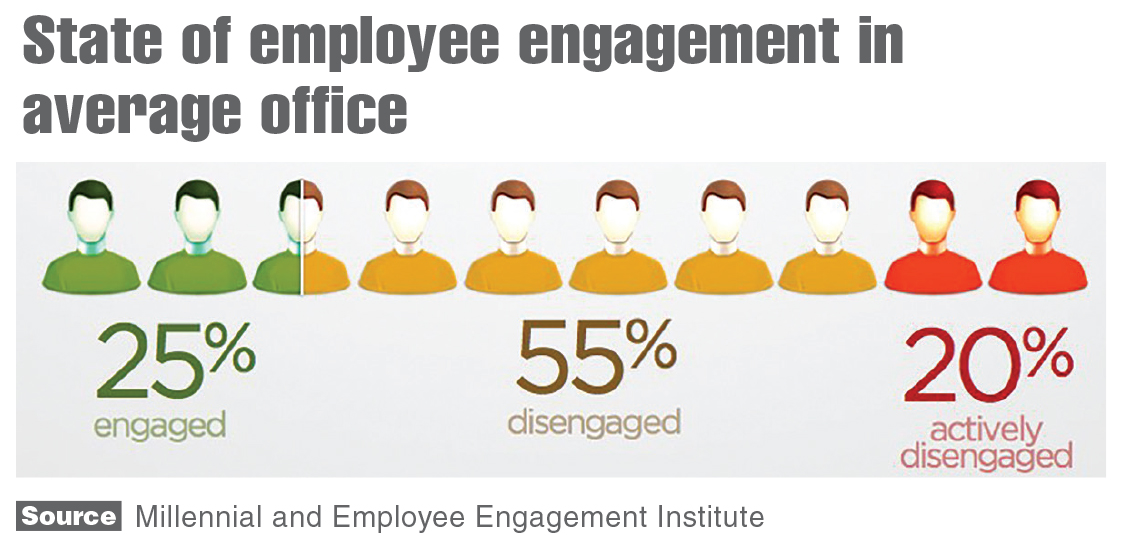By Adam Keane, NTEA President
Executive Vice-President, Allied Body Works Inc. (Seattle, Washington)
This article was published in the May 2017 edition of NTEA News.
In recent years, NTEA’s Board of Trustees identified workforce development as a main focus area, creating a Workforce Development Task Force. After discussing the topic with representatives from fellow member companies, it seems we all have a different take on the issue. In the April edition of NTEA News, Workforce Development Task Force Chairman Craig Bonham, vice president of sales and business development at Reading Truck Group, wrote an article highlighting hiring and retention challenges the group seeks to address. The goal is helping member companies find, train and retain skilled talent in order to develop the workforce needed to keep our industry moving forward.
The problem
Culture: The Competitive Advantage was one of my favorite educational sessions at The Work Truck Show® 2017 (held March 14–17 in Indianapolis, Indiana). During this presentation, Josh Schneider, Millennial and Employee Engagement Institute director, addressed employee engagement, citing some concerning statistics. He referenced a Gallup poll that showed, in an average office, only 25 percent of employees are engaged, 55 percent are disengaged and 20 percent are actively disengaged (vocal grumblers). Even when you look at high-performing employees and consider what they’re doing for your culture, the reality is shocking. In an average office, 75 percent of the workforce is disengaged.

The solution
Josh suggests first taking the temperature of your culture. I think this step is often overlooked. As managers, it’s easy to assume we understand the culture. In reality, our employees help us create it. According to Gallup, there are 10 key employee engagement metrics.
- Personal growth
- Ambassadorship
- Recognition
- Feedback
- Relationships with colleagues
- Relationships with management
- Happiness
- Wellness
- Satisfaction
- Company knowledge
After getting a feel for your business’s current reality, Josh recommends identifying employee strengths. During the session, he discussed the usual approach of trying to train someone into a position, rather than tapping into their specific abilities. He advised encouraging the individual talents of a given employee instead of following the common practice, likening the process to a bank account: It doesn’t matter what’s in your account if you never activate your card.
Building on their strengths, it’s important to give your employees frequent, focused feedback. This truly spoke to me. According to Josh, a yearly performance review lets too much time lapse. During the presentation, he played a clever video of a manager and employee beginning an annual review. Dramatized, of course, it drew a laugh, but drove home the core concept that each person had a completely different view of what took place in the last year. The employee was recounting his performance, explaining how he had made progress on all the areas he was asked to improve. However, the manager felt the previous year’s review was a warning the employee hadn’t done well, expecting him to know he was not performing at the desired level. Josh pointed out this problem would not have occurred if the manager had given regular feedback. For constructive comments, consider working from a template like the following:
- I like (something good)
- I wish (identify what went wrong)
- I wonder (the correction)
For example, “I like how you completed the job so quickly. I wish you had paid closer attention to detail, as you missed a few things. I wonder if we can come up with a review process to make sure a job is final before marking it complete.” I’ve found this approach helpful at my company. It’s far too easy to just point out mistakes or question employees to figure out what went wrong.
Learning from feedback, staff members require regular recognition and appreciation. While studies have shown that millennials need this, when you really think about it, employees of any generation profit from this approach.
Similar to the popular topic of implementing lean techniques, the whole process needs to be repeated continually. Attending Work Truck Show educational sessions gives me time to slow down and focus on specific topics. The course I’ve described really brought workforce development to the forefront of my mind. Our business is lucky to have tenured employees who want to stay with the company. Finding new employees and adding them to the mix can be a challenge at times. My goal is to evaluate our current staff and build a culture that attracts new individuals. Behind my desk, I have a quote that says “Profits come from execution not strategies.” I’ve modified it now, adding a comment from Peter Drucker (management consultant, educator and author) to the end of the phrase: “…but culture eats strategy and execution for breakfast.”
Additional resources
I encourage you to get familiar with our Workforce Development Task Force initiatives (including a list of training options to enhance your staff’s industry expertise, job opportunities, and relevant articles and presentations) at ntea.com/workforcedevelopment — and there’s more to come. There’s no doubt in my mind putting time and effort into building your team is a worthwhile investment.